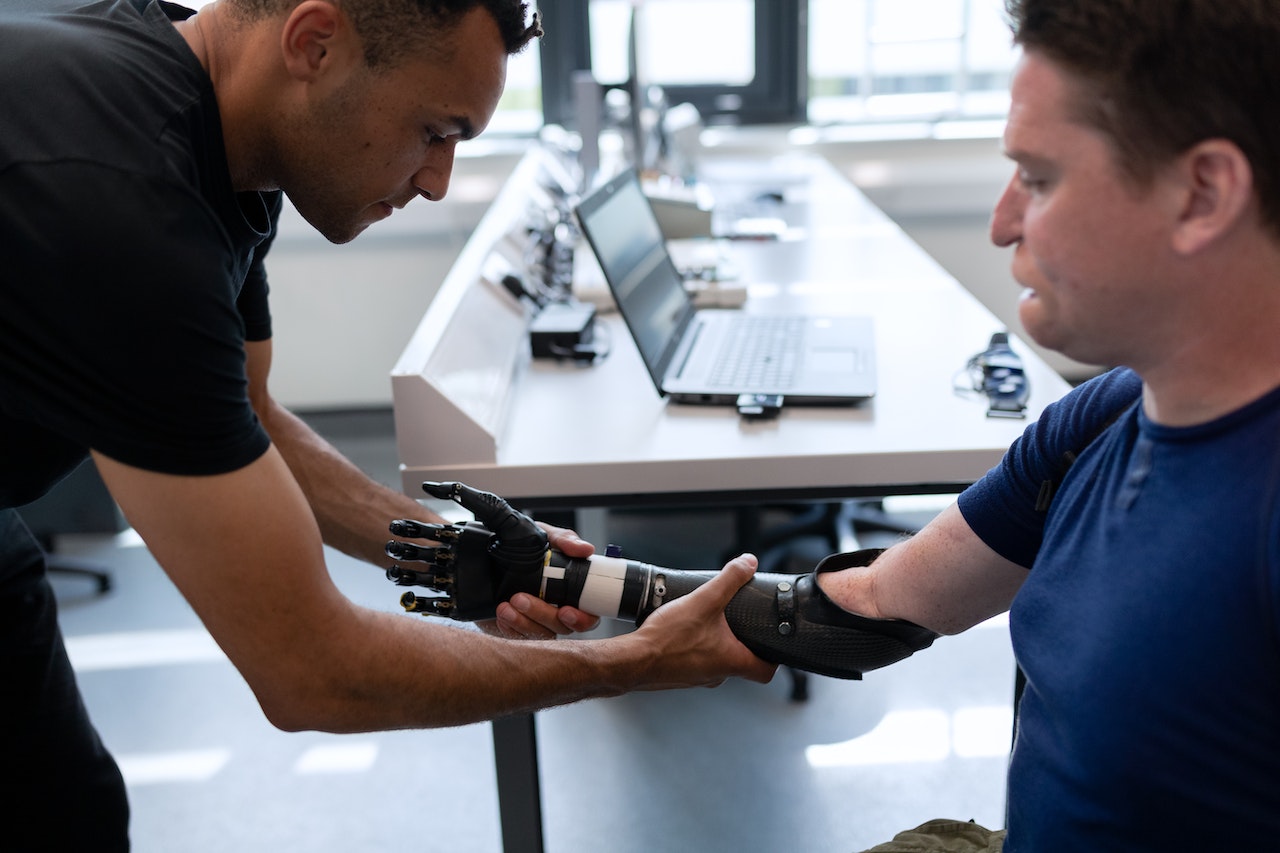The task of writing a seaman CV can be daunting. You need to stand out. You need to provide accurate background and credentials. A well-written CV will increase your hiring chances. You should highlight your marine industry experience and expertise so you stand out from other applicants.
You can find an outline of what a sample resume for a seaman should include, advice on how to write a strong one, and a starter resume in this post.

What to Include in a Seaman Resume
A CV boils down tons of information about you and presents it on a single page. You must try to condense the range and variety of information and preset it using the established format. Use this time to highlight your uniqueness. This includes your training, credentials, training, and education. If you have won any awards or credentials, highlight them. Use the form to summarize your experience and achievements to show that you are suitable for the position.
How to Create an Effective Resume
You should adhere to a few of rules and best practices while preparing your CV. Make sure it is first concise and well-organized. Include just the most crucial details in concise paragraphs. Utilizing high-quality typefaces and styles is also crucial. Ensure that your work stands out from the competition. You will distinguish yourself from other candidates thanks to your maritime knowledge and experience.
Additionally, depending on the job you are applying for, you should alter your CV. Your cover letter should highlight your pertinent credentials while using terminology and expressions pertaining to the position. Your summary must also be tailored to the job you are applying for. This will help you convince the shipping firm that you understand the position and are the best candidate.
Last but not least, proofread your resume before sending it. As a result, your resume will be error-free and punctuation-free.
If you’re considering opportunities beyond maritime roles, you can also discover construction jobs where attention to detail and proper CV presentation are equally important.
Experience and Education Requirements
When writing a sample resume for a seaman, the most important section is the Experience and Education Requirements. It is essential to include a list of all the qualifications and certifications that are necessary to work in the field, such as a Merchant Mariner Credential (MMC), STCW (Standards of Training, Certification, and Watchkeeping) certification, and a Radar Observer Unlimited Certification. In addition, it is essential to include any practical experience that has been gained on board vessels, such as the type of vessel, the duration of the voyage, and the position held.
Personal Information
Start with your basic info about yourself such as name, phone number, and email address. Cover your nationality and work status (green card) if applicable. You do not need to disclose date of birth, or marital status, in the personal information section. Double check the phone number and email address to be sure they are accurate as your employer will need to use them to contact you. List licenses and certifications you hold, such as your boating license, safety certificates, and medical education. Cover your strong points as a candidate, including your capacity for problem-solving, your capacity for organization, and your capacity for communication.
Professional Objective
The professional objective section of a sample resume for a seaman should be concise and to the point. It should clearly state the individual’s goal and what they are hoping to achieve in the role. Additionally, it should include any qualifications or certifications that are held, such as STCW certification or a Radar Observer Unlimited Certification.
References
Refer to any relevant connections who can vouch for the applicant’s qualifications in the references section of the sailor resume example. Include former employers, coworkers, or teachers who may provide a positive reference.
Conclusion
Stand out from the competition by including pertinent information, using a professional font, and tailoring your resume to the position you’re seeking. Additionally, proofread your CV before sending it. Here’s an overview of what a seaman resume should include, advice on how to write one that stands out, and a starter resume.
















